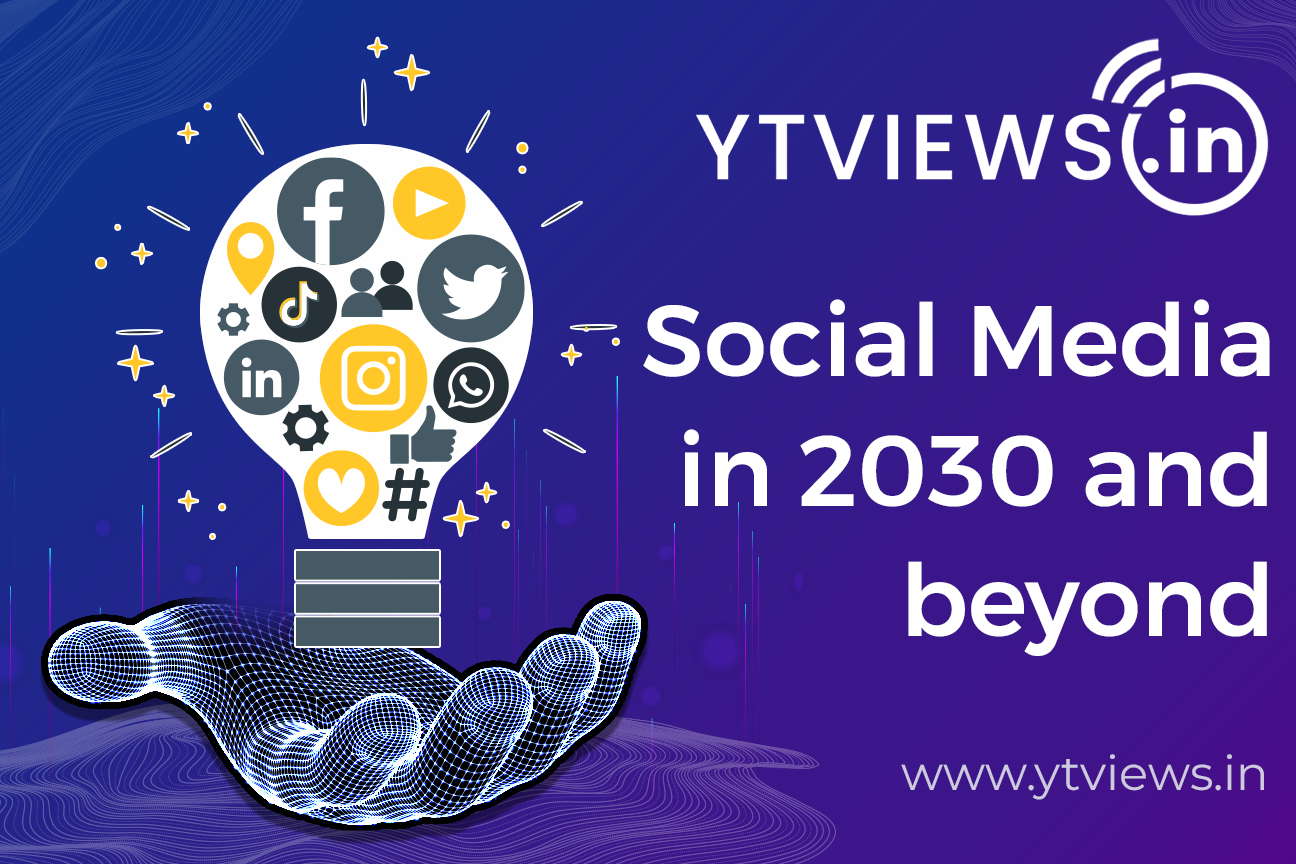Social Media in 2030 and beyond
Can you imagine a future without social media? It’s probably as difficult for us as it would have been for people 25 years ago to imagine a technology that would allow us to easily share information with the world.
Modern social media began in 2003 with the business-focused website LinkedIn, followed by Facebook the following year. We have come a long way since then. In 2019, there were 3.5 billion active social media users, or 45% of the world’s population, who are online for an average of three hours a day.
What’s behind the screen?
However, nowadays we see a dangerous side of social media. More than ever, it is used to influence rather than to inform or entertain.
However, we are all too willing to share information about ourselves – not just through posting, but by offering the behavioural insights that can be gleaned from our engagement on various platforms. Screen time. Hover time. Friends. Likes. Clicks. Shares. Purchases. This data is a gold mine for advertisers, allowing them to tailor their online presentations more intelligently, right with us, on social media.
You can learn more about this in the fascinating film The Social dilemma available on Netflix.
But enough with the history and current events. What about the future of social media sites and platforms?
Considering that social media has become so institutionalized in our lives, it won’t go away. It has also become an essential part of advertising. That’s why today’s Mad Men aren’t going to pass up social media, nor are organizations that want to sell.

Predictions for the Future of Social Media: First, brand-new websites with fresh features will continue to surface. Others will emerge to fill an alternative niche once one becomes popular. Others will start to show up on the periphery once someone starts to aggressively monitor the posted content. Many of these companies have exposed themselves to thousands of potential lawsuits from people who have been offended, in every language, every religion, every nationality, and for every cause in the world, by choosing to become the arbiter of what content is appropriate on their platform. The “death by a thousand paper cuts” scenario applies in this case. Keep in mind that a company’s ability to grow quickly also translates into its ability to collapse quickly. even quicker, perhaps.
Second, a growing number of websites will develop around people who have similar interests, beliefs, and lifestyles. Yes, politics as well. They’ll function more and more like homes and clubs than like the global, all-purpose forums we’ve grown accustomed to. As a result, social media will further divide, isolate, and compartmentalize our society. Social media turns into its antithesis, anti-social media. In connection with that, it is predicted that there will be more pressure on users to control social media platforms like they would a club. In a way, websites will act as a launching pad for fame and fortune for individuals. For just that reason, they’ll be created. Your next job won’t be secured by a simple online resume. You’ll need a whole media outlet to introduce yourself. This brings us to the next significant trend, which brilliantly captures the future relationship between social media and advertising and brings it into the open for everyone to see.
The Social Media Advertising Connection Takes Over: Changes in advertising and virtual reality (VR) powered by artificial intelligence will be the main forces behind social media’s biggest developments. According to this fascinating article from an insider in the advertising business, the two were destined to be together.
In a nutshell, he predicts that in ten years, we’ll be using augmented reality glasses or other forms of virtual reality to access social media. Social media and real life will converge. We’ll also be subjected to more intrusions related to advertising during that experience than ever before.
We’ve all opened a website and a photo avatar customer service agent with a dialogue box appeared within a few seconds. Saying something along the lines of, “Welcome, are you looking to purchase one of our products today? Let me know if you have any questions,” she welcomes the customer. Put that experience on steroids in the not-too-distant future.
Related Posts

Instagram Implements Advanced Protections for Teen Users.

5 Skills to Become a Successful Social Media Marketer

LinkedIn Adds AI Training Opt-out Option

What Video Editing Software Do Youtubers Use in 2024?

How VoIP Services are changing the Way We Make Calls






































